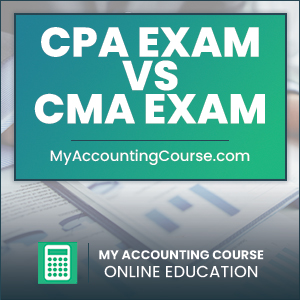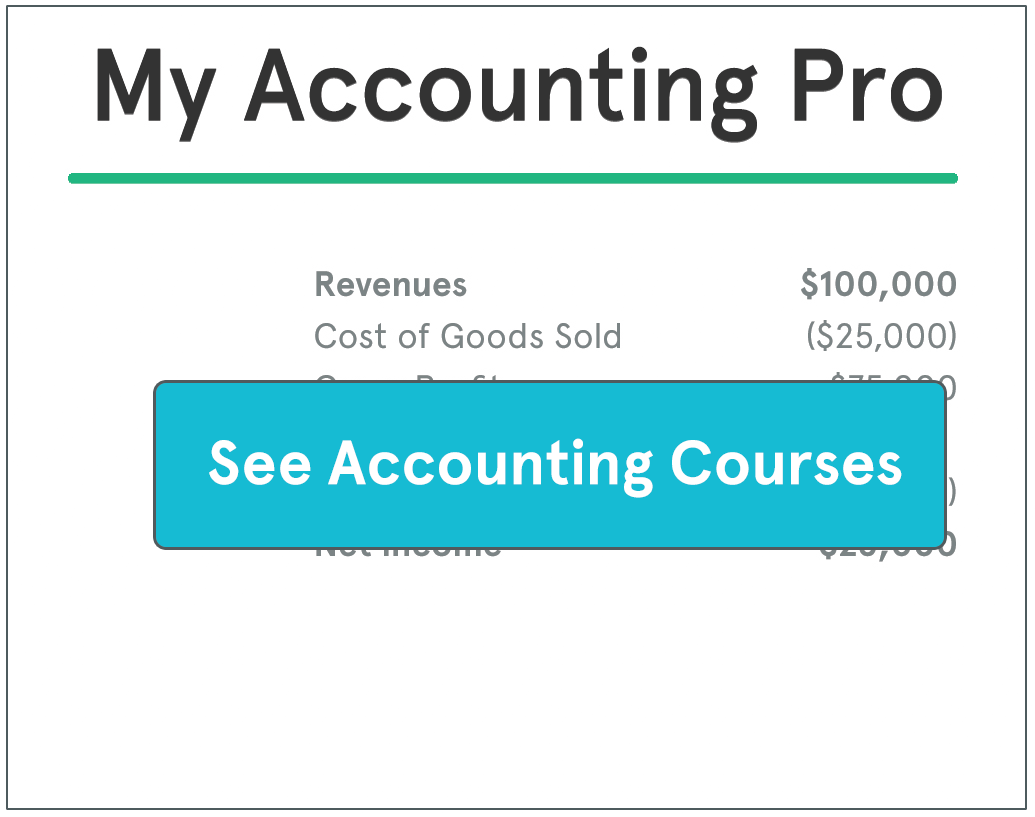 The Certified Public Accountant (CPA) Exam and the Certified Management Accountant (CMA) Exam are two prominent certifications in the accounting and finance world. While both credentials signify expertise and open doors to lucrative career opportunities, they cater to different roles and industries.
The Certified Public Accountant (CPA) Exam and the Certified Management Accountant (CMA) Exam are two prominent certifications in the accounting and finance world. While both credentials signify expertise and open doors to lucrative career opportunities, they cater to different roles and industries.
Understanding the distinctions between the CPA and CMA exams can help you decide which path aligns better with your career aspirations.
This guide delves into the purpose, structure, content, and career opportunities associated with each exam, providing a comprehensive comparison.
Overview of the CPA Exam
Contents
The CPA Exam is a licensure exam administered by the American Institute of Certified Public Accountants (AICPA). It evaluates a candidate’s proficiency in accounting, auditing, taxation, and business concepts, qualifying them to work as a Certified Public Accountant.
Structure of the CPA Exam
The CPA Exam comprises four sections:
- Auditing and Attestation (AUD): Covers auditing procedures, ethics, and professional responsibilities.
- Business Environment and Concepts (BEC): Focuses on business operations, economics, and written communication.
- Financial Accounting and Reporting (FAR): Involves financial reporting standards and accounting for various entities.
- Regulation (REG): Examines taxation, business law, and ethics.
Each section lasts four hours, totaling 16 hours of testing. Candidates must pass all four sections within an 18-month rolling window.
Eligibility Requirements
To sit for the CPA Exam, candidates typically need:
- A bachelor’s degree.
- 150 credit hours of education, including accounting and business coursework.
Exam Focus
The CPA Exam emphasizes technical accounting knowledge, problem-solving, and the ability to apply accounting principles to real-world scenarios. It includes multiple-choice questions, task-based simulations, and written communication tasks.
Overview of the CMA Exam
The CMA Exam is a certification test administered by the Institute of Management Accountants (IMA). It assesses a candidate’s expertise in management accounting and financial management, preparing them for strategic roles in business and finance.
Structure of the CMA Exam
The CMA Exam consists of two parts:
- Part 1: Financial Planning, Performance, and Analytics: Focuses on budgeting, forecasting, cost management, and performance evaluation.
- Part 2: Strategic Financial Management: Covers financial statement analysis, corporate finance, decision analysis, and risk management.
Each part is four hours long and includes 100 multiple-choice questions and two essay scenarios.
Eligibility Requirements
To earn the CMA designation, candidates must:
- Hold a bachelor’s degree or equivalent.
- Have two years of professional experience in management accounting or financial management.
- Be a member of the IMA.
Exam Focus
The CMA Exam emphasizes strategic financial management, decision-making, and the ability to provide actionable insights to drive business performance. It tests both theoretical knowledge and practical application.
Key Differences Between the CPA and CMA Exams
Purpose
- CPA Exam: Certifies individuals to work as licensed public accountants, focusing on auditing, taxation, and financial reporting.
- CMA Exam: Prepares candidates for roles in management accounting and strategic financial management, emphasizing internal decision-making.
Structure
- CPA Exam: Four sections completed over an 18-month period.
- CMA Exam: Two parts completed within three years of registration.
Content
- CPA Exam: Covers external financial reporting, auditing, and regulatory compliance.
- CMA Exam: Focuses on internal financial management, performance measurement, and strategic decision-making.
Career Pathways
- CPA Certification: Leads to roles in public accounting, auditing, taxation, and regulatory compliance.
- CMA Certification: Opens doors to positions in corporate finance, management accounting, and financial strategy.
Preparation for Each Exam
CPA Exam Preparation
Preparing for the CPA Exam typically involves:
- Review Courses: Comprehensive study materials, including video lectures, practice questions, and task-based simulations.
- Time Commitment: Hundreds of study hours over six to 12 months.
- Focus: Mastering technical accounting concepts and applying them to practical problems.
CMA Exam Preparation
Preparing for the CMA Exam generally involves:
- Self-Study or Review Programs: Candidates rely on textbooks, study guides, and online resources tailored to the CMA syllabus.
- Time Commitment: 150-300 hours of study per part, depending on prior knowledge.
- Focus: Understanding strategic financial concepts and applying them to business scenarios.
Pass Rates and Difficulty
CPA Exam
The CPA Exam has a pass rate of approximately 50% per section. Its difficulty lies in the breadth of content, technical nature, and the 18-month window to pass all sections.
CMA Exam
The CMA Exam has a pass rate of about 45% per part. The challenge stems from its focus on strategic management concepts and the need to apply theoretical knowledge to practical scenarios.
Costs Associated with Each Exam
CPA Exam
Costs include:
- Application fees.
- Exam fees for each section.
- Review course expenses.
Total costs typically range from $1,500 to $3,000.
CMA Exam
Costs include:
- IMA membership fees.
- Exam registration fees for each part.
- Study materials and prep courses.
Total costs range from $1,000 to $2,500.
Choosing the Right Path
The decision between the CPA Exam and the CMA Exam depends on your career goals:
Choose the CPA Exam if you are passionate about public accounting, auditing, or taxation. It’s ideal for those aiming to work in public accounting firms, regulatory agencies, or financial reporting roles.
Choose the CMA Exam if you aspire to work in corporate finance, strategic management, or decision support. It’s suited for professionals who want to influence business strategy and performance.
Bottom Line
The CPA Exam and the CMA Exam cater to different professional aspirations, with the former focusing on external financial reporting and the latter emphasizing strategic financial management. Both certifications are highly respected and require significant dedication and preparation.
By understanding their differences, you can align your career goals with the right certification, paving the way for success in the dynamic fields of accounting and finance.


